Echoes of Anciend Lands
Anegundi Fort Hampi
Mother Masala Tours
Vijayanagara Empire's Strategic Defense Outpost
Anegundi Fort Hampi. Located in Karnataka, is a historical site that offers a glimpse into the region's rich heritage. Situated on top of a hill, the fort dates back to the 15th century and was built under the reign of the Vijayanagara Dynasty. It stands as a guardian of numerous tales, including the tale of its construction in 1500 AD. Its said to be the birthplace of Rama, making it a sacred site for many devotees. Throughout the years, the fort has withstood the test of time, surviving multiple skirmishes, including the infamous fall of the Vijayanagara's in 1565. The epic narrative that recounts the life of Rama, an incarnation of Vishnu.
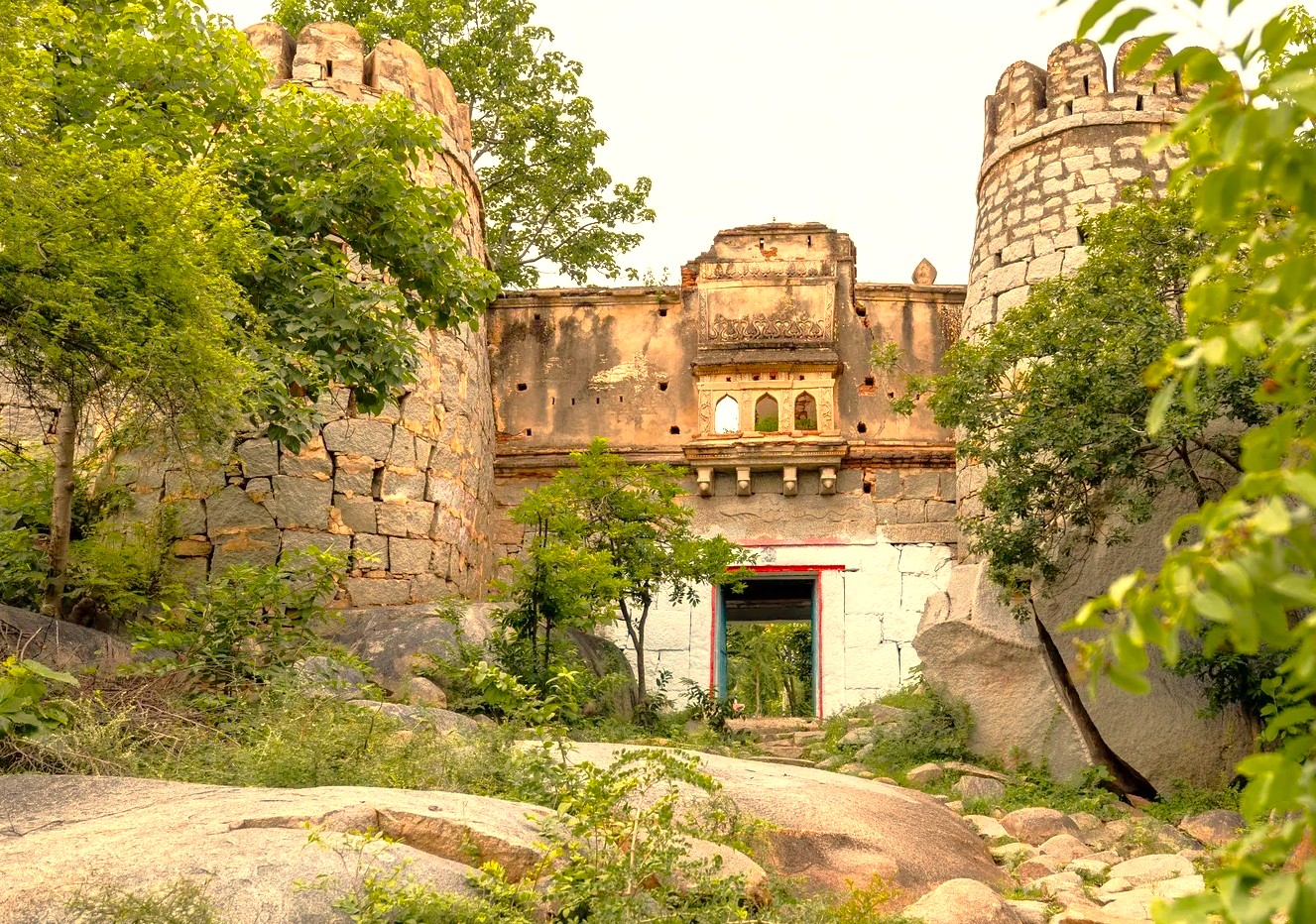
Anegundi Fort Hampi: Timeless Artifacts
Stepping into the historical site reveals an array of artifacts that narrate tales of the past. The fort houses remnants that once played pivotal roles in the daily lives of its inhabitants. Several shrines within the fort are dedicated to Hindu deities, attracting pilgrims throughout the year. These sacred spaces, some built around 1500 AD, amplify the spiritual connection that many individuals seek, honoring both the historical and religious significance embedded in the very fabric of the site. With its status as a Unesco World Heritage site, this location becomes a crucial point of interest.
Ancient Mosaics: Impeccable Craftsmanship
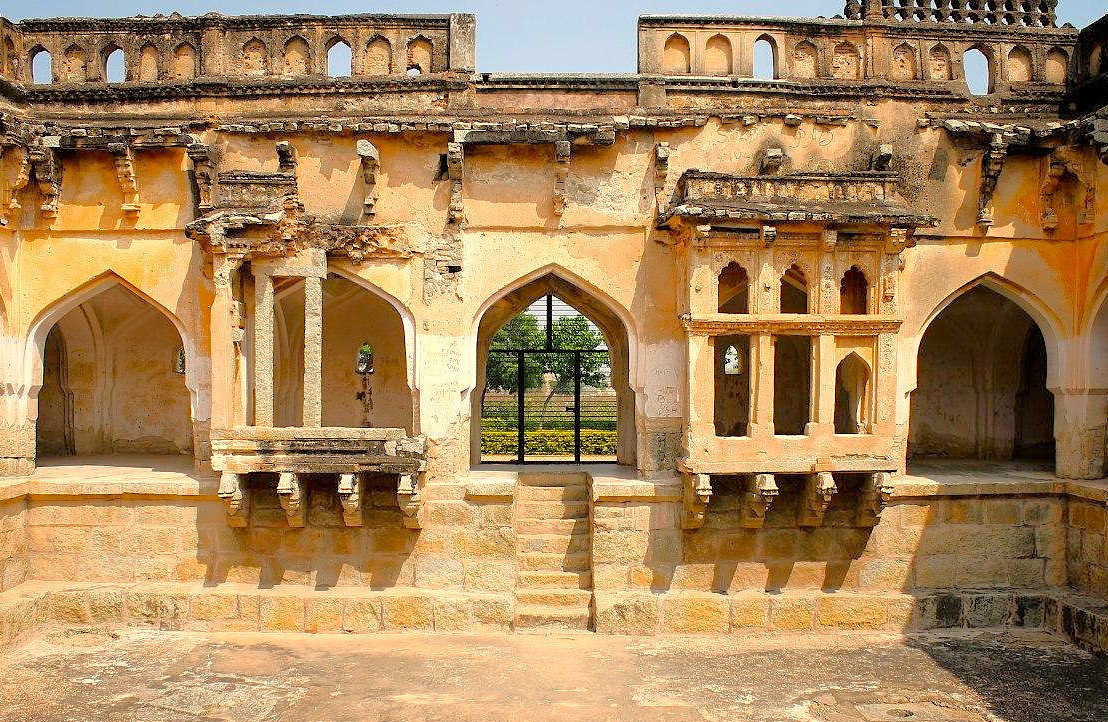
Craftsmanship at the Fort reflects the skill and dedication of artisans from centuries past. The intricate stone carvings and patterns adorning the fort's walls and surroundings depict scenes from Indian mythology and nature, providing us insights into the beliefs and artistic expressions of the time. These historic artworks were often created by skilled artisans during the 15th century, showcasing their knowledge of motifs and intricate designs. The artisans employed local materials abundant in the region, ensuring their creations harmonized with the natural environment.
The Pulse of the Local Community
Anegundi Fort Hampi. The community surrounding the fort embodies a unique spirit marked by hospitality and friendliness. The residents of Anegundi, who have lived near this historic site for generations, share a profound connection to their heritage. Their deep-rooted traditions blend seamlessly with the rich history of the fort, creating a population that holds stories of endurance and resilience.
Capturing the Magic: A Photographic Haven
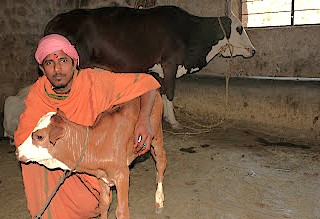
The Fort presents numerous opportunities for capturing stunning photographs that invite creativity and reflection. The picturesque landscape paired with the fort's imposing structure provides a breathtaking backdrop for our exploration. We can capture images of its ancient walls and intricate designs from various angles. As we wander through the fort's various levels, we find vantage points. These offer dramatic views of the surrounding area with its rolling hills and diverse wildlife in the distance. The sun casts long shadows, enhancing the ancient stone's beauty.
A Culinary Journey: Savor the Flavour
Anegundi offers a diverse array of local delicacies that intrigue our palates as we explore the town. The regional cuisine is a blend of traditional Karnataka flavors, with specialties such as Puliyogare, a tangy tamarind rice dish prepared with spices and peanuts, adding a delightful twist to our culinary experience. The ingredients, like rice, tamarind, and a selection of spices, come together to create a unique taste that reflects the area’s rich agricultural landscape. We can also find Akki Roti, a rice-based flatbread seasoned with herbs and spices, served with chutney, providing a satisfying meal for any time of day.
The Connection with the Gods

The bond with the divine permeates Anegundi Fort, where several temples pay homage to various deities, reinforcing the spiritual connection within the community. Rama and Hanuman are of utmost significance, as Anegundi is believed to be his birthplace. The legends surrounding these deities form a rich tapestry telling stories of courage, devotion, and divine interventions. Sixth-century texts mention the historical importance of Rama, emphasizing the deep connections locals have with their spiritual lineage. Ceremonies celebrating him echo the grounds.
Ancient Technologies: Sacred Sound, Geometry & Astrological Influences
Anegundi Fort Hampi. Exploring the fort, we can identify ancient technologies embedded in its construction. The use of sacred geometry is evident in the layout and design of various structures within Anegundi Fort, often aligning with astrological principles of Vastu Shastra that embody balance and harmony. This design ethos is believed to promote healing frequencies, contributing to the spiritual ambiance of holy sites. Ancient scholars understood how specific geometric formations could produce vibrations corresponding to solfeggio frequencies, which are believed to impact human consciousness positively. For instance, the Solefeggio frequency of 528 Hz, commonly associated with love and miracles are inspired by the dimensions and proportions used in the fort.
Serendipitous Meetings: Beyond the Main Path
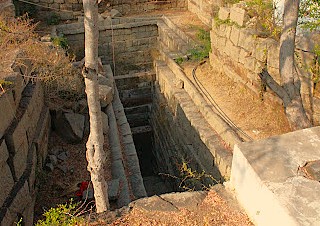
Taking random paths through Anegundi reveals countless unexpected surprises within its ancient walls. This invites us to discover the lives of skilled artisans and craftsmen who reside here year-round. When we stroll through the narrow lanes, we observe local families engaged in traditional crafts such as pottery and weaving. Each piece holds distinctive stories rooted in the local culture of the village. In small workshops, artisans demonstrate their age-old techniques. They share tales of their craft, treasured through generations, with everyone passing by.
Festivals of Devotion: Honouring the Sacred and the Divine
Throughout the year, Anegundi hosts various festivals that reflect its rich cultural and spiritual heritage. One of the most prominent is Sri Rama Navami, celebrated in March or April, honoring Rama's birth. Locals engage in vibrant ceremonies at the ancient temples, transforming the atmosphere into one filled with reverence and joy. During these festivities, processions fill the streets, showcasing traditional music, dance, and rituals that date back centuries. Specific characters such as local priests take center stage, conducting prayers and rituals that have been observed for generations, emphasizing the unbroken lineage of devotion in the community.
Resilience and Renewal: Overcoming Adversity’s Challenges
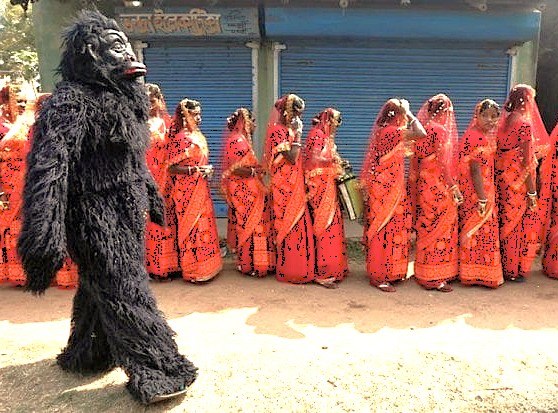
Throughout the rich history of Anegundi Fort, it has faced its fair share of adversities, shaped by natural disasters and significant political events. After the defeat of the Vijayanagara Dynasty at the Battle of Talikota in 1565, the fort faced neglect as it transitioned into a new era of power struggles. The local populace endured hardships, yet they managed to retain their cultural identity and rebuild their community. In 1900, a devastating flood swept through the region, damaging both infrastructure and agricultural lands. The resilience exhibited by residents during this time is a testament to their fortitude.
Urban Legends: Strange Sightings, Myths and Mysteries
The allure of Anegundi is often enhanced by local legends that have been passed down through generations. Among these stories, one tells of a hidden treasure connected to the legendary leader from the Vijayanagara Empire, known for his immense wealth and power. It is rumored that precious artifacts lie buried within the fort, an enduring mystery that captures the imagination of many. Another tale speaks of sightings of ethereal beings near the fort during specific lunar phases, adding a mystical quality to the surroundings.
Pack Your Spirit of Adventure: We’re Off to Uncover Hidden Secrets
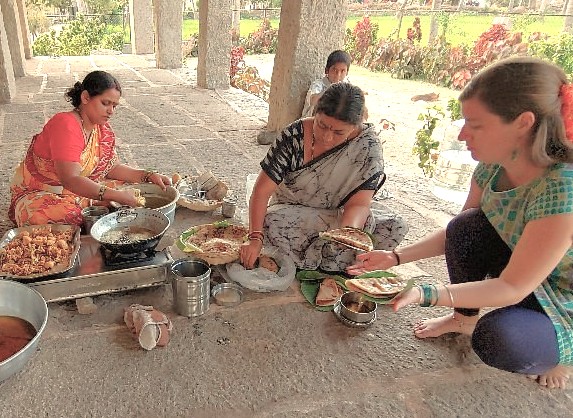
As we journey through Anegundi and explore its fascinating story, we encourage you to join us in this unique experience. It offers a chance to engage with the local community, uncover ancient tales, taste delicious local foods, and witness breathtaking views around every turn. This allows for an interesting adventure. The historical richness and strong cultural fabric within this place provide an opportunity to immerse ourselves completely in the surroundings. With every step taken, every simple story shared, and every flavor savored, we gather lasting impressions that celebrate Anegundi's legacy.
Symphony of Generosity: Offerings from Wanderers to Residents
Anegundi Fort Hampi. The interaction between travelers and locals fosters a vibrant exchange that benefits both parties significantly. This exchange allows for meaningful connections to form, as residents share their knowledge and stories, while we engage with their unique crafts, cuisine, and customs. By supporting local artisans and businesses, we contribute to the sustainability of traditional practices and economic vitality.